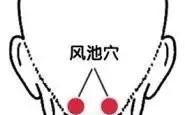Traditional Chinese Medicine (TCM) believes that there are 361 acupoints on the human meridians, and if we include acupoints outside the meridians, there are thousands. Mastering this knowledge can be quite difficult for the average person, making acupoint health maintenance seem somewhat distant from daily life. Below, we summarize ten essential acupoints that are easy to remember. Regularly massaging these points can help strengthen your body and promote health…
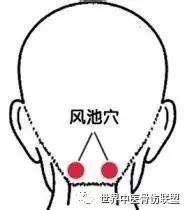
Ming Mu Xue (Bright Eyes and Awakening Brain Point): Feng Chi (Wind Pool)
In TCM, it is said that “Feng Chi governs the head and eyes,” because Feng Chi acupoint can treat most wind-related diseases. Feng Chi is located at the back of the neck, just below the occipital bone, in the depression at the outer edge of the two large tendons, level with the earlobe. It is often used in conjunction with other points such as Zan Zhu (Gathering Bamboo), Tai Yang (Sun), Jing Ming (Bright Eyes), and Si Bai (Four Whites) to treat eye diseases and alleviate symptoms. Massaging these points, along with cervical spine adjustments, can be very effective for treating myopia.

Yang Wei Xue (Stomach Nourishing Point): Zhong Wan (Middle Cavity)
Zhong Wan is located on the midline of the abdomen, at the midpoint of the line connecting the lower end of the sternum and the navel. Pressing this point may cause a sour pain sensation. Those with stomach issues can frequently massage Zhong Wan. For acute stomach pain, pressing Zhong Wan for 10 seconds, then releasing, and repeating this for three to five minutes can alleviate symptoms. For chronic stomach discomfort, gentle rubbing of Zhong Wan with the palm can promote digestion. For acute gastroenteritis, massaging Zhong Wan along with Tian Shu (Heavenly Pivot, located 2 inches beside the navel) and Da Ju (Great Pivot, located 2 inches below the navel and 2 inches to the side) can be effective.
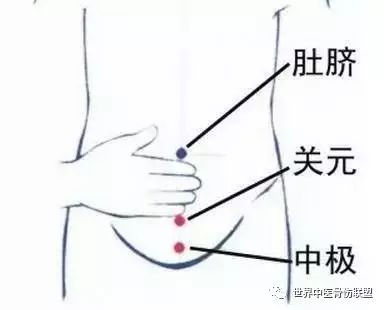
Bu Shen Gu Yuan Xue (Kidney Supplementing and Stabilizing Point): Guan Yuan (Gate of Origin)
Guan Yuan is located 3 inches below the navel (approximately the width of four fingers excluding the thumb). Massaging Guan Yuan can replenish kidney energy and delay aging. For men, massaging this point can alleviate issues such as kidney deficiency, lower back pain, and hair loss. For women, it can treat and relieve many gynecological conditions. Before massaging Guan Yuan, warm your palms and rub them together, then place the palms over the Guan Yuan point and massage from light to heavy until you feel warmth.
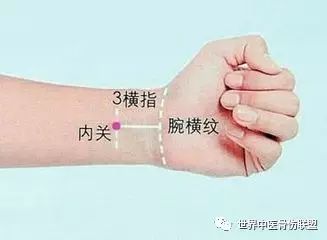
Yang Hu Xue (Heart Protecting Point): Nei Guan (Inner Pass)
Extend your arms with palms facing up, make a fist and raise your wrists. You will see two tendons in the middle of your arm; Nei Guan is located between these two tendons, two finger widths from the wrist. Massaging Nei Guan helps promote blood circulation. Use your thumb to press down vertically for about 3 minutes each time until you feel a sensation of soreness and numbness.
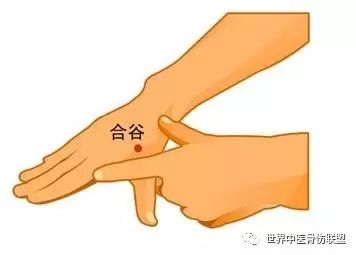
Qing Re Zhi Tong Xue (Heat Clearing and Pain Relieving Point): He Gu (Union Valley)
He Gu, also known as the Tiger’s Mouth, is located at the highest point of the muscle when the thumb and index finger are brought together. He Gu has the effect of clearing heat and relieving pain, and is very effective for alleviating and treating diseases of the head and face.
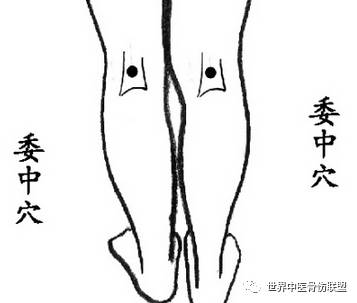
Jie Yao Bei Suan Xue (Lower Back Pain Relief Point): Wei Zhong (Middle of the Knee)
Wei Zhong is located at the midpoint of the popliteal fossa (the back of the knee). In TCM, it is said, “For lower back pain, seek Wei Zhong.” Office workers who sit for long periods or the elderly who often experience lower back pain can benefit from massaging Wei Zhong to promote blood circulation in the lower back. When massaging Wei Zhong, apply pressure until you feel slight soreness, with one press and release counting as one repetition, generally performing about 20 repetitions.
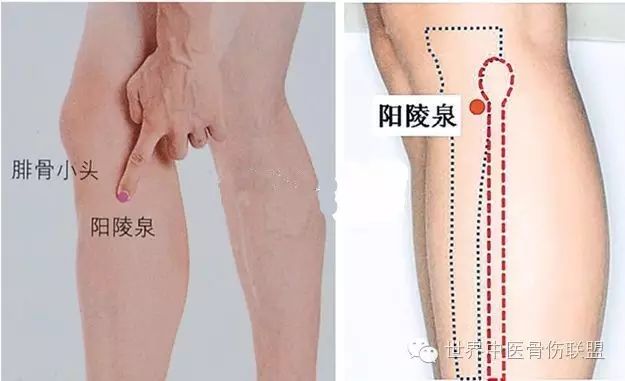
Shu Jin Huo Luo Xue (Muscle Relaxation and Meridian Activation Point): Yang Ling Quan (Yang Mound Spring)
Yang Ling Quan is located on the lower leg. To find it, sit still and feel your leg; below the knee joint, there is a protrusion called the fibula head, and the depression just in front of the fibula head is where Yang Ling Quan is located. Regularly massaging Yang Ling Quan, along with shoulder movements, can relieve pain around the shoulders. Additionally, Yang Ling Quan can alleviate breast tenderness, rib pain, and intercostal neuralgia.
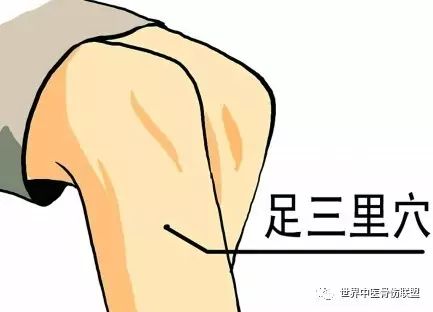
Quan Neng Xue (All-Purpose Point): Zu San Li (Leg Three Miles)
There is a saying that “massaging Zu San Li is better than eating a hen.” Zu San Li is located 3 inches below the outer knee. It is also effective in preventing cardiovascular diseases such as hypertension, coronary heart disease, pulmonary heart disease, cerebral hemorrhage, and arteriosclerosis. For office workers and those in sub-health conditions, pressing Zu San Li for 10 minutes daily can reduce work stress and alleviate fatigue.

Zi Yin Yang Yan Xue (Nourishing Yin and Beautifying Point): San Yin Jiao (Three Yin Intersection)
San Yin Jiao is known as the woman’s acupoint, located on the inner side of the lower leg, 3 inches above the highest point of the ankle bone. Massaging San Yin Jiao helps to clear blockages in the body, maintain the uterus and ovaries, regulate menstruation, remove spots, reduce wrinkles, treat acne, and alleviate skin allergies, dermatitis, and eczema.
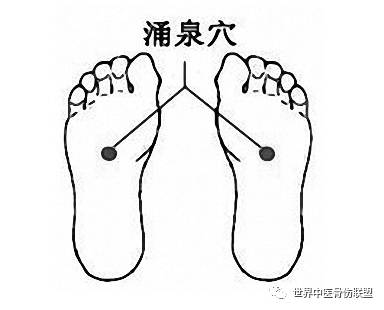
An Shen Jian Ti Xue (Calming and Strengthening Point): Yong Quan (Gushing Spring)
Yong Quan is the first point of the Kidney Meridian, located on the sole of the foot, in the depression at the front third of the foot. When bending the toes, this is the indentation. After washing your feet daily, use your thumbs to rub the Yong Quan points on both feet for about 10 minutes to help with sleep. For those with neurasthenia, the time can be extended to half an hour. As the weather warms, walking barefoot or in socks on pebble paths can stimulate Yong Quan.
Finally, it is important to note that regularly massaging acupoints can treat and alleviate diseases and has health maintenance benefits, but it does not mean it can cure all ailments. In addition to local massage, it is also necessary to adjust the overall condition of the body. It is worth noting that while acupoint massage is simple and effective, it may not be suitable for everyone, especially pregnant women and those with weak constitutions, who should consult a doctor before attempting it.
Professor Song Yongzhong
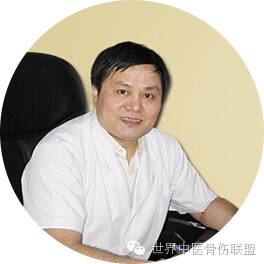
Professor Song Yongzhong, President of the World TCM Orthopedics Alliance,CCTV-1 Health Consultant, Guest Health Expert on Daily Health Hall, Director of Beijing Beiyuan TCM Clinic, Deputy Secretary-General of the Youth Enterprise Committee of the Central Committee, TCM Mentor, TCM Family, Orthopedic Expert, Renowned Physician in Beijing.Upholding medical principles, creating a unique lineage; with Song’s TCM Orthopedics and Song’s Qi and Blood Regulation, becoming the core of traditional Chinese orthopedics (treating hundreds of thousands of patients, training over ten thousand orthopedic students, and accepting over 300 apprentices)


